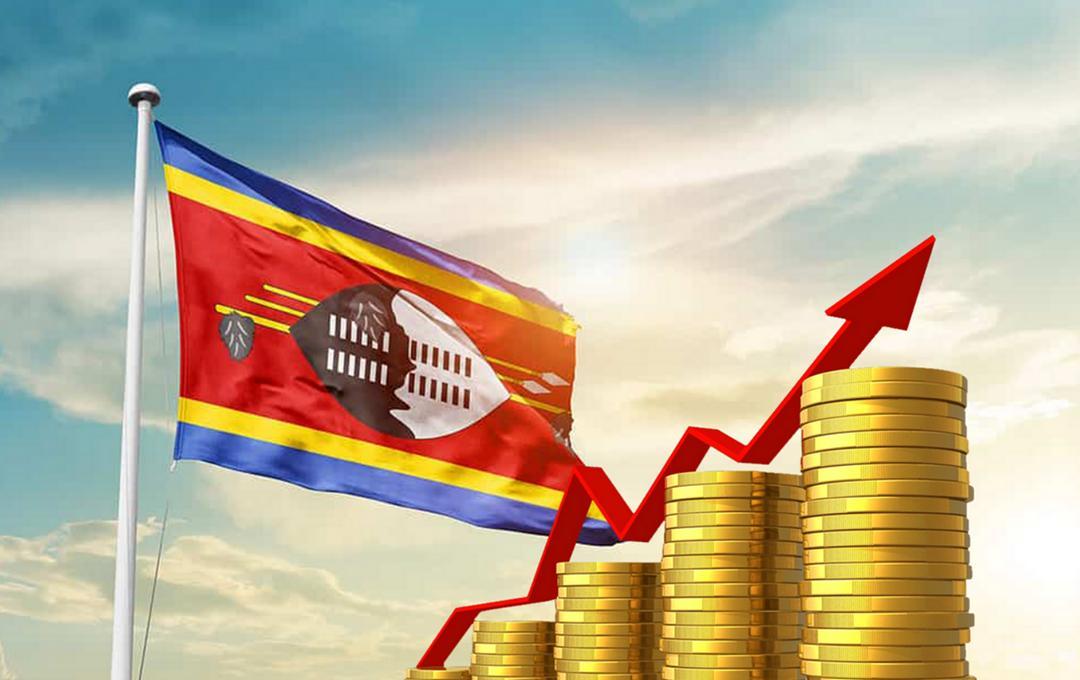Africa-Press – Eswatini. The International Monetary Federation (IMF), projects a real GDP growth (annual change) of 4.2 per cent in 2025. Inflation is forecast at annual average of 4.8 per cent. I am going to obsess over growth in this article, because the country needs growth. The country needs growth and we need growth that will create jobs, emaSwati need jobs. I will also delve into inflation as the main risks for this year are inflationary policies that may emanate from the Trump Administration. We need to understand the 2025 growth and what it will mean for Eswatini.
Global macroeconomic forecasts
The IMF projects that global growth will stabilise around 3.2 per cent for the year 2025. Furthermore, inflation seems to have steadied across the globe, albeit remaining somewhat stubborn in the US and the UK. This inflation outlook does paint a somewhat beautiful picture on the 2025 forecast with a downward adjustment in interest rates spurring growth, through demand support and re-investment support. However, with the emergence of a Trump administration presenting a likely trade rivalry and re-adjustments in geopolitical tensions, the risk remains. We are not yet fully out of the woods, uncertainty over overall macroeconomic policy direction still reigns as we approach January 20.
Global risks
Risks for 2025 include among others, potential escalations in geo-political tensions. Escalation in the geo-politics will have an impact on commodity prices, primarily oil and global supply chains. These risks may also be inflationary. Furthermore, we may likely see the Trump-Tariff effect on global trade if the Trump administration goes ahead with implementing up to 60 per cent tariffs on goods coming into the US staggered contingent on their certificate of origin. The impacts being re-alignment of global trade, also this may come with inflationary pressures in the event global trade takes a long time to align, forcing countries to retaliate with equal measure. Also, the unpredictability of Trump2.0 causes yet another risk to address.
While at the same time, unpredictability infuses a lot of policy scenarios making it difficult to address.
Lastly, though ranking very low on the risk matrix, the redrawing of the world map. We have China already claiming some portions of the South China Sea and those military drills over Taiwan. China on that delicate border deal with India, Israel making haste for the Golan Heights, Russia-Ukraine likely settlement deal and expansion and reduction of territory.
Then we have president-elect Trump coming in and talking of annexing Greenland for security regions, and Canada into yet another US State (Governor Trudeau) and lets call it ‘the Gulf of America not the Gulf of Mexico’. I fear that Putin may have trained world leaders to understand, that it is fine that you can go in and grab a sovereign territory and you will not be punished much, even when punished, your war time economy will generate more growth than your peace time economy. This redrawing of international maps, will also re-align the distribution of resources.
Domestic factors
The domestic front is abuzz with optimism for the year 2025. The Government of the Kingdom of Eswatini projects that growth will average around 5 per cent, a couple of percentage points above IMF projects. Inflation is also projected to stay within the confidence band of 3 per cent – 6 per cent, actually, projections of inflation are moderating just below the midpoint of 4.5 per cent. Therefore, interest rates are expected to also take a slight downward shift until inflation starts turning otherwise. Though we have conditions that set the scene for yet another prosperous year, we still have some negative risks to contend with as a country. Main among those risks is the high cost-of-living pressures more especially within the household sector. Though there is marginal easing in the cost-of-living pressure, it is not enough to enable households to comfortably increase their marginal propensity to consume, it is still a balancing act for our people. We need to start on a policy track that will grant some relief to the household sector, this has been a long time
Domestic risks
On the domestic front, I contend that corruption even this upcoming year, remains a main problem for the country. If we could address corruption as a country, we would really move forward, towards balanced growth. This corruption manifests itself in the tendering process, procurement process, cost overruns on capital projects, costs overshoot on a number of common use items within government. This steals the country’s ability to attain the full multiplier effect of government expenditures. Also, this creates an economy that is skewed towards a handful of people who largely control the wealth of the country. If we allow corruption to persist, we shall continue to hold a place among the most unequal societies in the world. Also, SACU receipts will take a slight deep this year. However, we have SACU stabilisation fund which we will use to cushion the deficit, since we do not have much scope for deficit financing as the debt to GDP ration stands at 40.2 per cent. Lastly, I fail to see a clear and coherent fiscal policy stance within government. There are those who talk of major projects and those sticking to the policies of the previous administration.
Source: times
For More News And Analysis About Eswatini Follow Africa-Press







